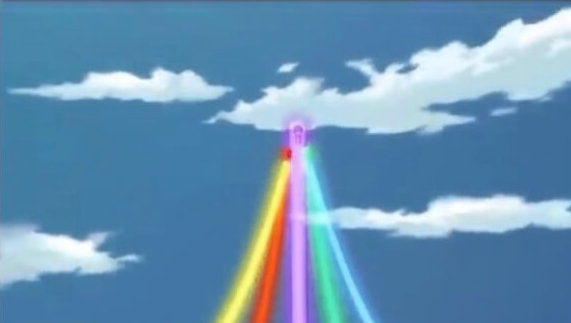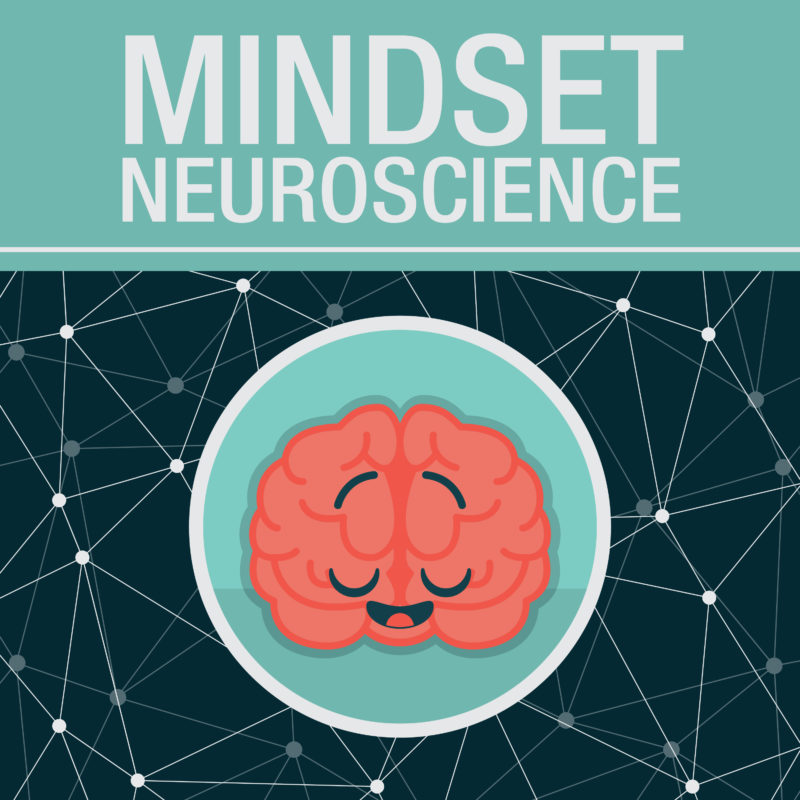
“One of the most important things you can do on this earth is to let people know they are not alone.”
― Shannon L. Alder
How we distract ourselves from our deeper sources of pain
In my interview with Warriors Heart Healing Center, we discussed the idea of 'presenting problems'. These are problems that feel much more urgent and obvious to patients coming in (such as losing their job or getting a DUI). As trauma therapists, however, they understand that there is generally something much deeper going on for patients than only that immediate and current scenario. They understand that although there may be a lot of stress from something happening now, there are generally patterns of beliefs and reactions to things that have repeated over time... and the current situation may trigger some of those deeply held and invisible wounds and scars from long ago.
Interestingly, in my wilderness first responder training that I attended recently, an important task during various emergency scenarios was to figure out the Mechanism of Injury (MOI). Understanding how a person got hurt was important for figuring out further steps for assessing what to do next. (sometimes we weren't able to to know the MOI, so we had to do our best based on our training protocols).
What sometimes happened during these scenarios was a 'distracting injury'.
This was something more obviously painful or noticeable to the patient (for example, an open fracture) but was not as critical as another situation going on (for example, internal bleeding). In those situations, it was a challenge to help the team and the patient understand that certain things needed to be dealt with first before we could treat the obviously painful injury that was occupying their attention. When we were able to assess the mechanism of injury, this also helped tune our awareness to pick up on other things in the situation we might have otherwise missed.
So much of what we think may be wrong in a moment is related to our level of awareness.
If our attention gets distracted by something very pinpointed or obvious, we may miss out on a lot of other types of information and noticing of patterns that could actually help us get to a deeper root of what is going on.
An analogy I remember hearing a while back that resonates with this is: imagine seeing people in a pool of water near a waterfall, and seeing some of these people falling over the waterfall to their potential death. We need some focus to go to helping those people avoid falling over the edge. And we need some focus to attempt to save people who may have fallen over the edge. But we also need some focus to go to why people are jumping in the pool in the first place. The other levels of focus will always draw our attention. But it doesn't mean that we shouldn't also include the wider span of awareness needed to understand why problems keep repeating.
This can include not just ideas about our past in terms of childhood or other experiences, but also for example our sleep patterns, what we are eating, the activities we are engaging in. The more we can pause and take inventory of our habits, the more we may notice that for example, every time we engage in a certain amount of scrolling on social media, or eating certain foods, or neglecting quality sleep, that certain problems keep repeating.
Noticing some of these factors can help us experiment with adjusting different elements of our life to see what helps us react and respond in ways that align with how we truly want. We can't control how other people and events will unfold, but we can play a role in our feeling of truly giving things our best possible version of who we are whenever possible. That best version of us requires certain elements like filling ourselves up with positive energy and loving, accepting connections, as well as taking care of our sleep, and how we eat, how we move our bodies, our environments.
A significant part of the healing process also includes human connection.
‘‘It may be that…we are biologically connected to those with whom we have close relationships…Homeostatic regulation between members of a dyad is a stable aspect of all intimate relationships throughout the lifespan.’’ (Pipp, 1987)
Pipp, S., & Harmon, R. J. (1987). Attachment as regulation: A commentary. Child Development, 58, 648–652.
As we discuss in the interview, another important component to healing is having key people in our life who can be safe harbors for us to rest in and regulate our nervous system. These are connections that are safe, attuned and responsive. What this means is that we are able to let down our guard from being vigilant, protective or defensive. This type of safety and attunement carries with it signals of safety - these are micromovements of our eyes, voice, and bodies that fall within ranges that convey a high level of presence.
By contrast, when someone is trying to control, condemn, cut down, convince, manipulate, or coerce, the signals they transmit will be received by us in ways that trigger our defensive systems. As long as we are in protective modes, our nervous system can’t relax enough for us to benefit from the co-regulating mechanisms of human affiliation and bonding. Protective and defensive states also keep our field of attention narrowed in on its already-established predictions, which makes it difficult for two people to interact in truly authentic and dynamic ways. Instead, the interactions themselves become somewhat repetitive and dysregulated.
- biobehavioral synchrony: which is a coordination of physiological responses during moments of social contact and occur during moments of synchronized eye gaze, affect, vocalization and touch
- the Oxytocin (OT) system: this neurochemical system sustains "mammalian affiliation and cross-talk with the stress, immune and reward systems"
Here's a short video preview of the interview:
https://youtu.be/kRP3jmYBZnY
“Non nobis solum nati sumus.
(Not for ourselves alone are we born.)”
―

"Meditation is not to escape from society, but to come back to ourselves and see what is going on. Once there is seeing, there must be acting. With mindfulness we know what to do and what not to do to help."
Thich Nhat Hanh

